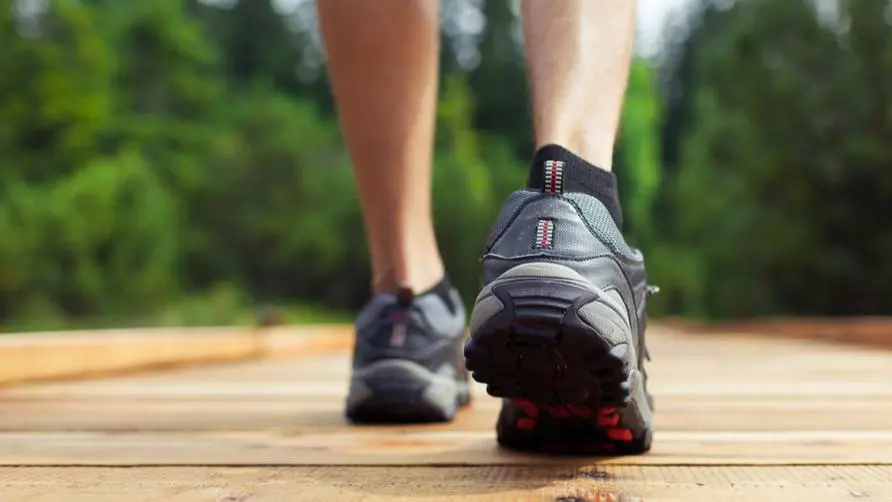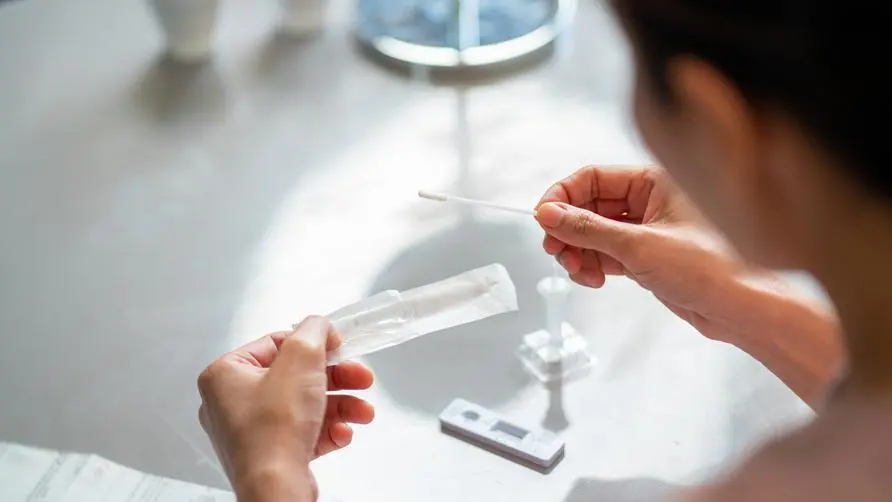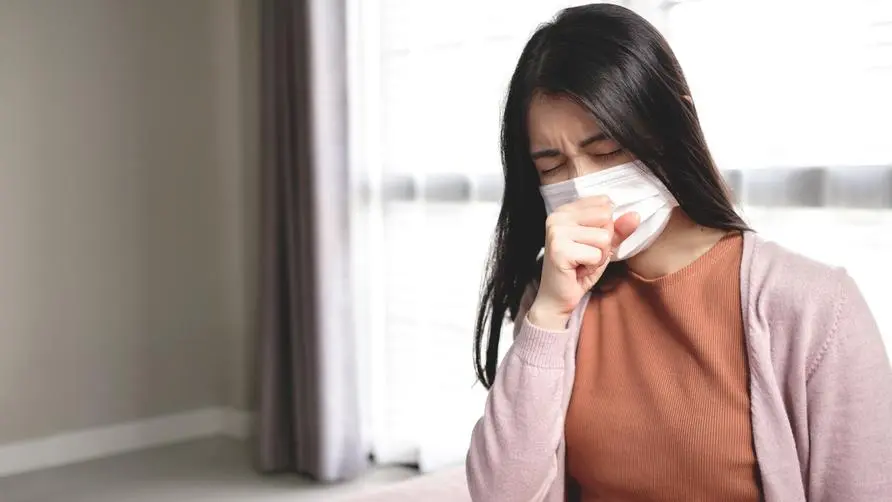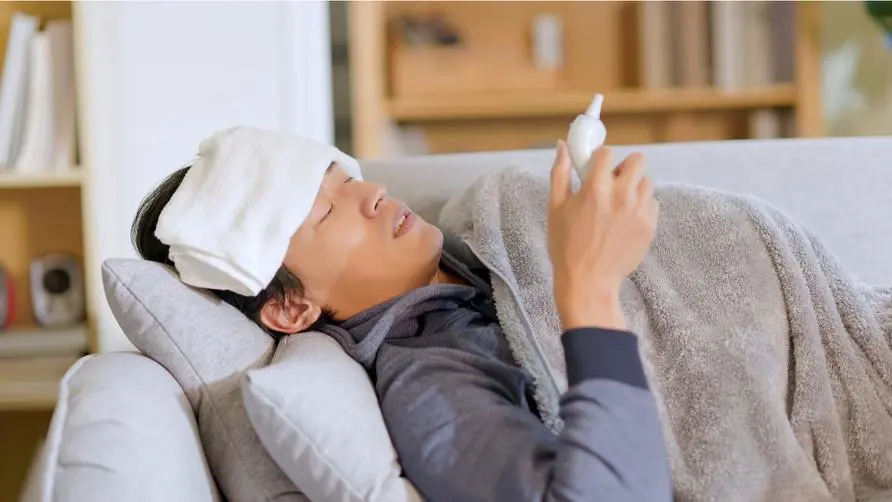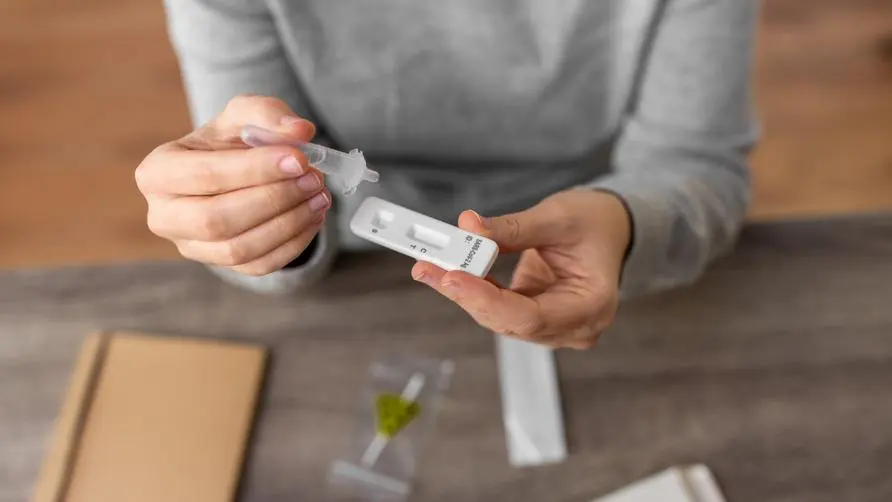Are there any concerns about "false positives" in home rapid screening? Study: Stabbing "2 parts" at the same time improves screening accuracy
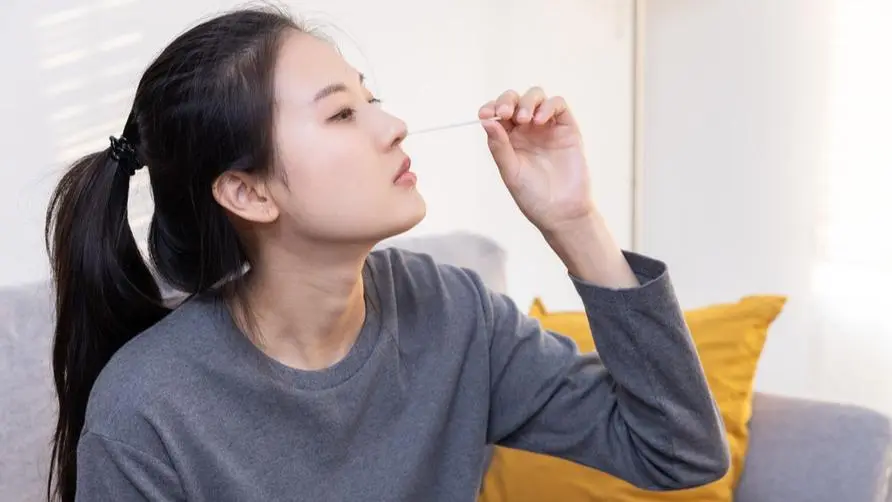
Are there any concerns about “false positives” in home rapid screening? Study: Stabbing the nasal cavity and throat together helps improve accuracy
According to the epidemic prevention policy announced by the Epidemic Command Center, if people feel symptoms of COVID-19 (including fever, dry cough, fatigue, shortness of breath; other symptoms such as muscle pain, sore throat, loss of smell and taste, etc.), they can go to medical equipment stores, medicine stores, etc. Purchase “antigen rapid screening reagent” from cosmetics stores, convenience stores or pharmacies for screening.
However, even if the rapid screening result shows “2 lines”, there is still the possibility of “false positives”. How to make the quick screening results more accurate? Dr. Huang Xuan, an expert in critical care medicine, pointed out in a social post that in fact, the “Nova Scotia” team from Canada had previously published a study in the “Journal of Medical Microbiology” and pointed out that “simultaneous sampling” of the nasal cavity and oral cavity may help improve the speed of The accuracy of screening results.
The research team included 1,500 subjects and divided them into three major groups: the nasal cavity sampling group, the throat sampling group, and the combined sampling group that collected nasal cavity and throat samples at the same time. The team found that the accuracy of rapid screening was 64.5% when only nasal cavity or throat samples were collected; while the accuracy of rapid screening in the joint testing group increased to 88.7%.
Dr. Huang Xuan added that as early as June this year, the team published another study on antigen screening in the journal Microbiology Spectrum, which showed that the sensitivity of rapid screening was 89.1% when nasal or throat samples were collected alone; at the same time, The sensitivity of the rapid screening test for nasal cavity and throat examination increased to 98.4%. Researchers believe that using the combined nose and throat testing method at the same time not only increases the positive sensitivity, but also improves the accuracy of positive testing for asymptomatic infections of Omicron virus.
Is the accuracy of “saliva rapid screening” lower than that of nasal rapid screening? Understand the 3 major screening types at once
However, the two studies only included thousands of people for experiments. If you want to clarify whether joint nasal and throat testing can increase the positive rate of rapid screening for COVID-19, it needs to be confirmed by large-scale studies with a higher number of samples. Currently, Taiwan’s most accurate COVID-19 screening method is still the Real-Time PCR test; the shortest time-consuming and simpler testing method is “Antigen tests”.
What are the different uses of the current mainstream virus screening methods? How do you know which method is suitable for you? Guidelines published by the Minnesota Department of Health indicate that molecular tests such as PCR and nucleic acid amplification testing (NAAT) can detect the genetic material of the virus. The detection is more accurate and has a higher probability regardless of the amount of virus in the body. Tested positive.
Antibody tests, also known as “serology tests,” can detect viral antibodies in the blood through blood draws. However, the main purpose of the antibody test is to identify the test taker’s history of new coronavirus infection, and it cannot know whether the test taker is currently infected with the virus. Therefore, even if the test result is negative, it does not mean that there is no virus in the tester’s body. In addition, the antibody test cannot distinguish between the two types of antibodies, “infection with the virus” or “vaccination”.
Antigen testing is generally called “rapid screening”. The mainstream screening method in Taiwan is nasal sampling. There are also saliva rapid screening options. Generally speaking, saliva rapid screening can greatly reduce the discomfort of the test taker, but it still has the disadvantages of being more difficult to detect the virus in early infections, slightly lower accuracy (but very little different from nasal screening), and being more expensive. Antigen testing is less accurate than PCR but has a faster detection speed. It is more suitable for understanding the confirmed population during large-scale epidemics, and can also effectively share the load of medical institutions.
The Taiwan Ministry of Health and Welfare also appeals to the public that test results of home rapid screening kits may have false negatives or false positives, so “nucleic acid testing” conducted by an accredited laboratory is still required as the basis for diagnosing COVID-19 infection. The public is reminded to “re-screen if you have symptoms”. If the test result is positive, you must immediately notify the relevant units and take personal protection and self-management at home.
Source:
“What you should do to increase the positive rate of Omicron virus rapid screening” - Dr. Huang Xuan
Further reading:

